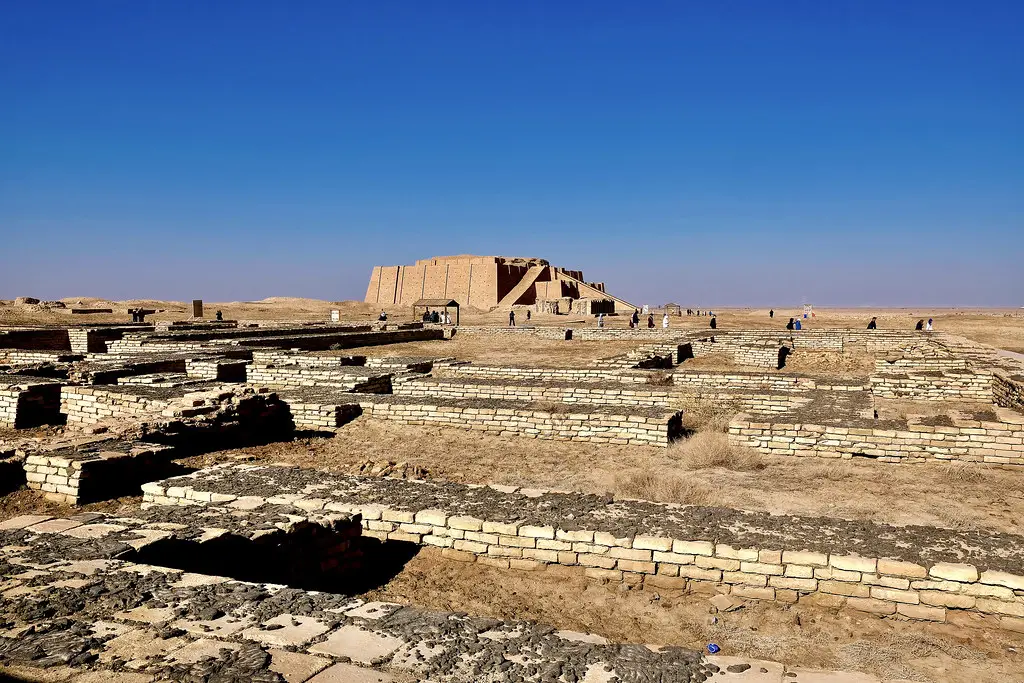💪 Support independent web, support us:
The Ziggurat of Ur is an ancient stepped pyramid located in present-day Dhi Qar Province, Iraq. It was built in the 21st century BC during the reign of King Ur-Nammu.
What to see or do: Visitors can explore the massive structure and climb the steep steps up to the top platform.
The Ziggurat of Ur was once part of a larger temple complex and visitors can also see the remains of other buildings and courtyards nearby.
Don’t miss: The well-preserved friezes that decorate the walls of the Ziggurat of Ur, depicting scenes of mythical creatures and religious rituals.
Insider travel tips: Visitors should be sure to wear comfortable shoes for climbing the steep steps and bring plenty of water to stay hydrated in the desert heat.
It’s also recommended to visit early in the day to avoid the crowds and intense midday sun.
2. Al-Shaheed Monument
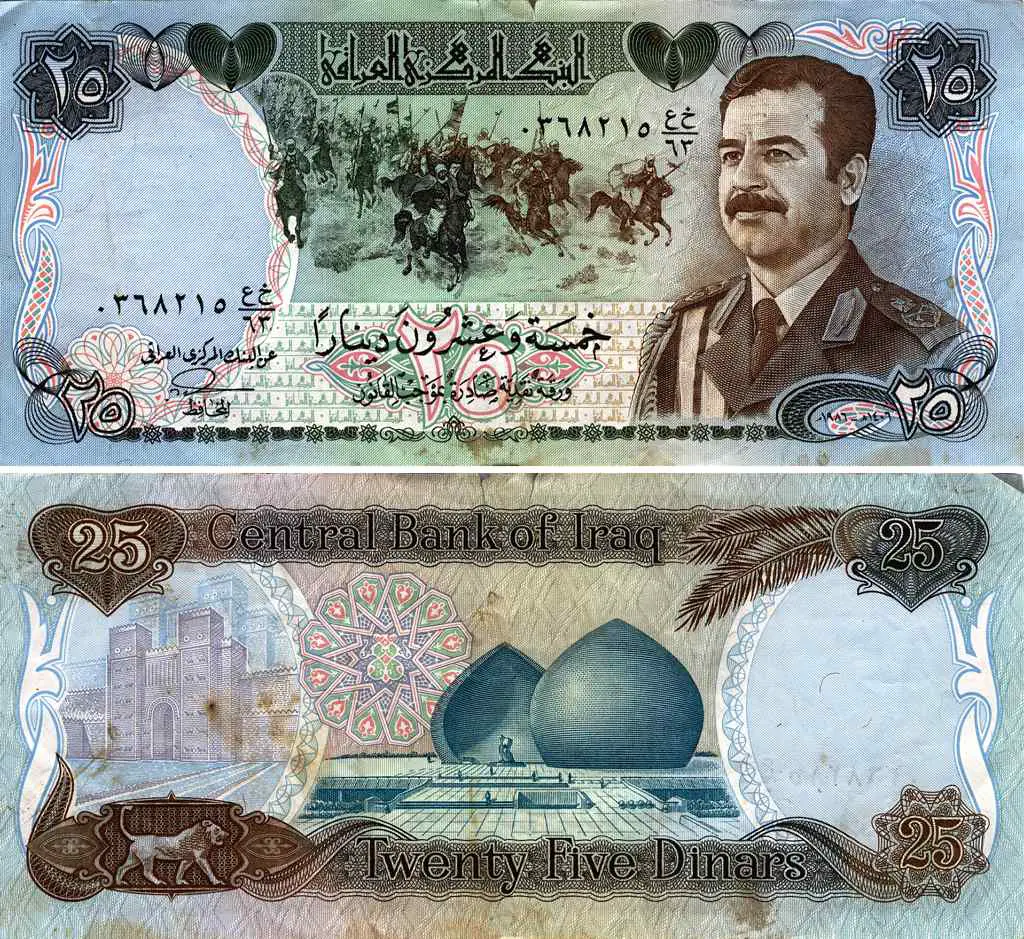
A monument located in the heart of Baghdad, Iraq, that was built to commemorate the Iraqi soldiers who died during the Iran-Iraq war.
What to see or do: Visitors can see a large curved statue of two crossed swords that are meant to represent Iraqi victory in the war.
There is a museum inside the monument that displays military equipment and weapons used during the war. The monument also has an observation deck that offers a panoramic view of the city.
Don’t miss: The impressive fountain that is located in front of the monument. At night, the monument is illuminated and looks even more striking.
Insider travel tips: It is important to be respectful while visiting the monument, as it is considered a sacred site to many Iraqis. Visitors should dress modestly and avoid bringing in any food or drinks.
There is a small fee to enter the museum and observation deck.
It is best to visit during the early morning or late afternoon to avoid crowds and the intense heat of the day.
3. Great Mosque of Samarra
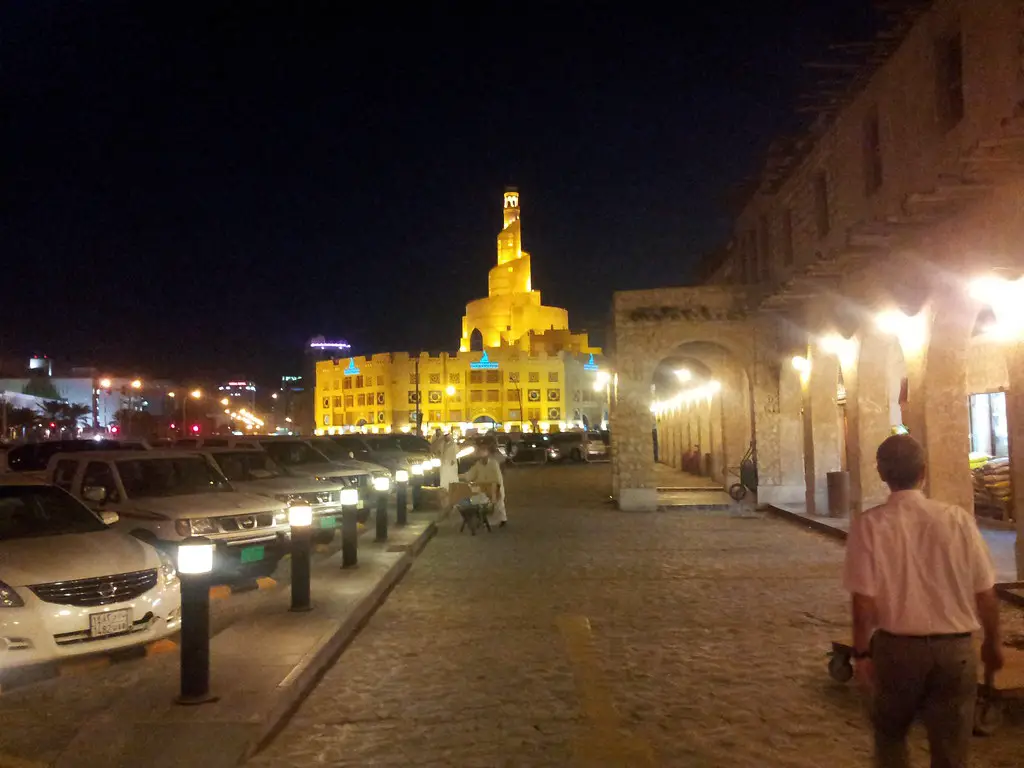
The Great Mosque of Samarra is an architectural marvel and one of the largest mosques in the world located in Samarra, Iraq.
What to see or do: Admire the breathtaking architecture, especially the iconic spiral minaret which is 52 meters high. Explore the vast prayer hall and marvel at the intricate stucco decorations and calligraphy engraved on the walls.
Don’t miss: Climb the spiral minaret to get a panoramic view of the city and the surrounding Tigris River. The views from the top of the minaret are unparalleled.
Insider travel tips: Visit early in the morning to avoid crowds and the scorching heat. Wear appropriate clothing that covers your shoulders and legs as the mosque is a religious site.
Plan a day trip to Samarra as there are other historical sites nearby like the Malwiya Tower.
4. Hatra
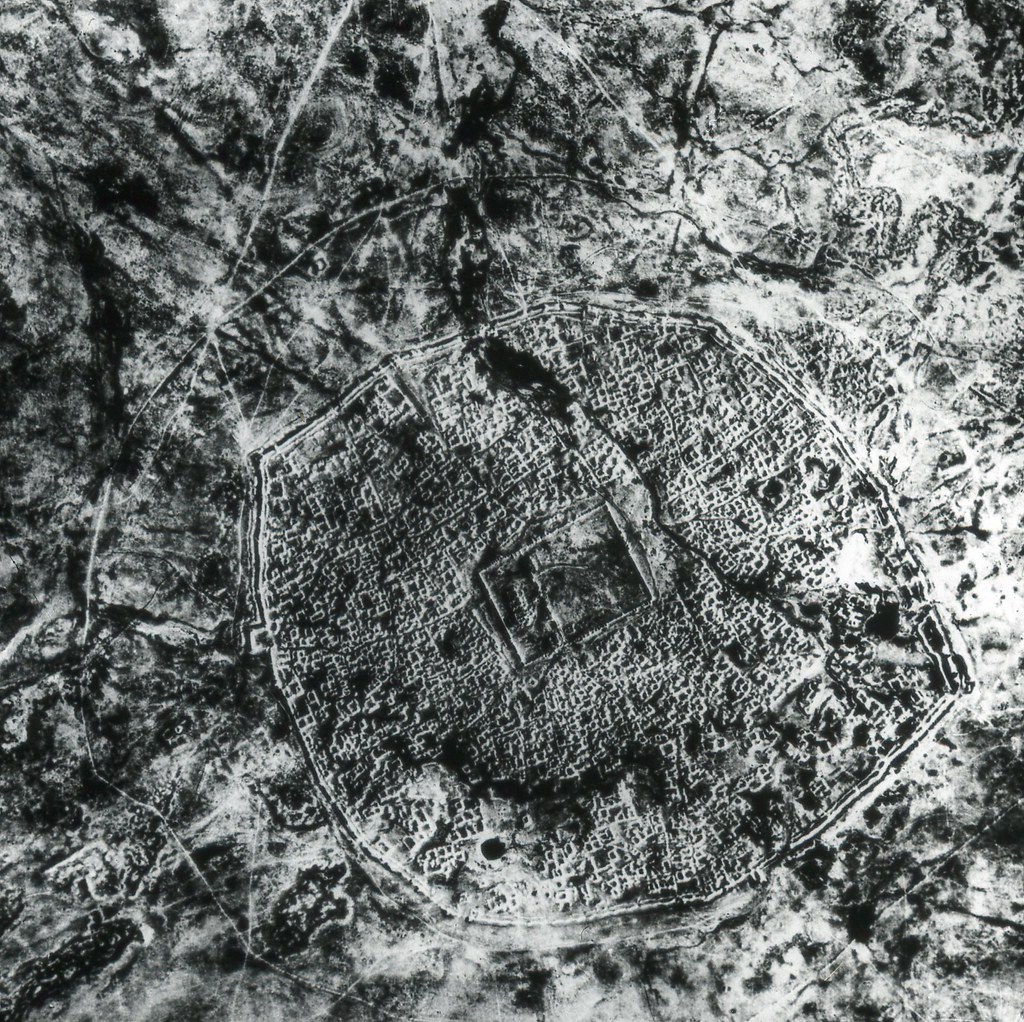
What to see or do: Explore the ruins of Hatra, which include temples, walls and fortifications, and other architectural feats from ancient times. Admire the unique blend of Hellenistic and indigenous styles.
Don’t miss: The imposing walls surrounding the site, with their intricate decorative carvings and reliefs, as well as the Temple of Shamash, the largest and most impressive structure in Hatra.
Insider travel tips: Bring plenty of water and wear comfortable shoes, as much of the site involves walking and can get quite hot during the day.
Avoid visiting during the hottest months of the year (June-August), and be sure to arrange transportation to and from the site in advance.
5. Al Abbas Mosque
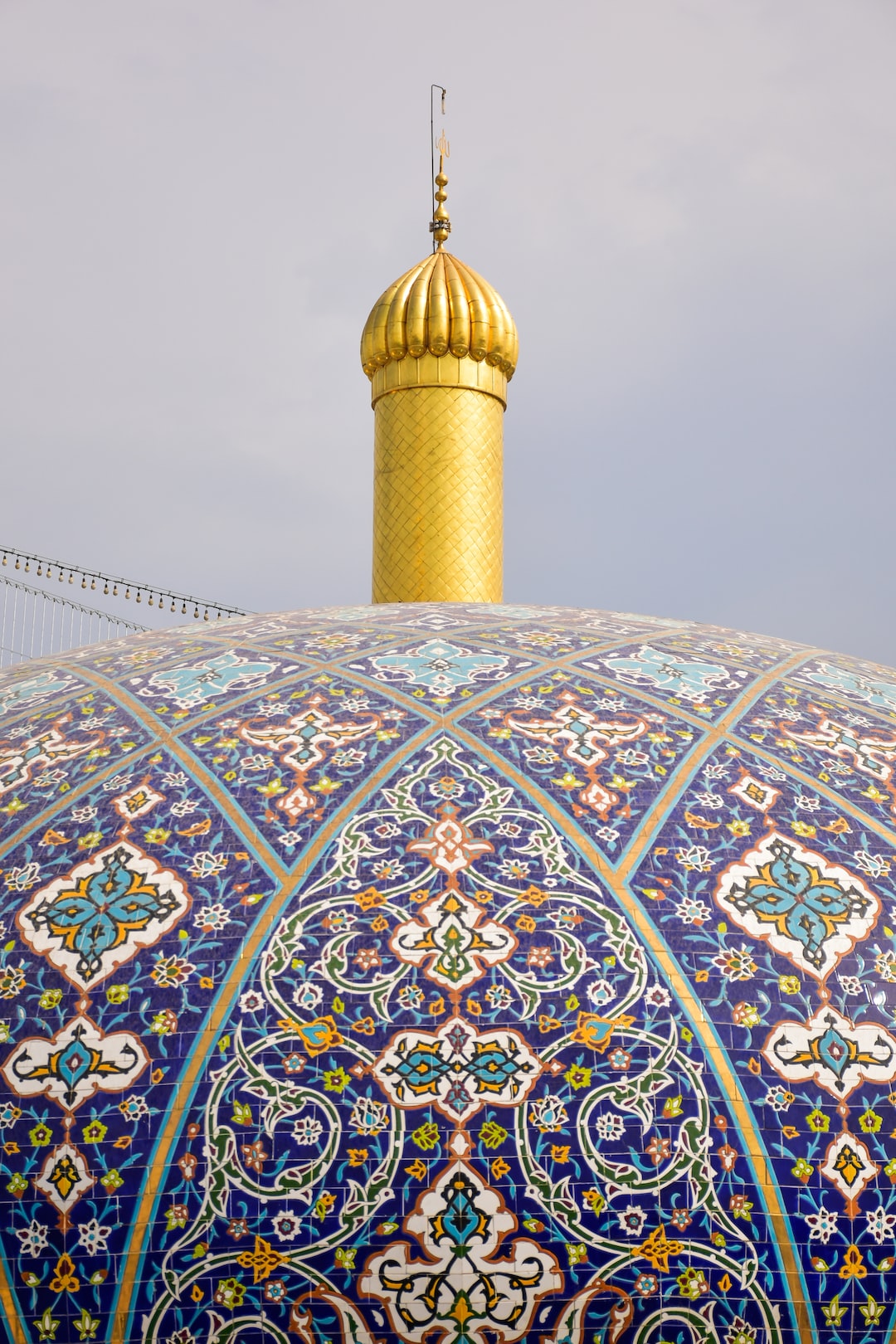
The Al Abbas Mosque is a significant Islamic shrine located in the city of Karbala, Iraq. It is dedicated to Hazrat Abbas, the half-brother of Imam Hussain.
What to see or do: Visitors can explore the beautiful architecture of the mosque, which includes intricate tile work, calligraphy, and vibrant stained glass. The mosque also houses a museum showcasing various artefacts and historical objects.
Don’t miss: Don’t miss the impressive golden dome that is a highlight of the mosque’s exterior. The inner sanctuary where the tomb of Hazrat Abbas lies is also a must-see.
Insider travel tips: – Women are required to dress modestly and cover their heads before entering the mosque.
6. Hadba Minaret
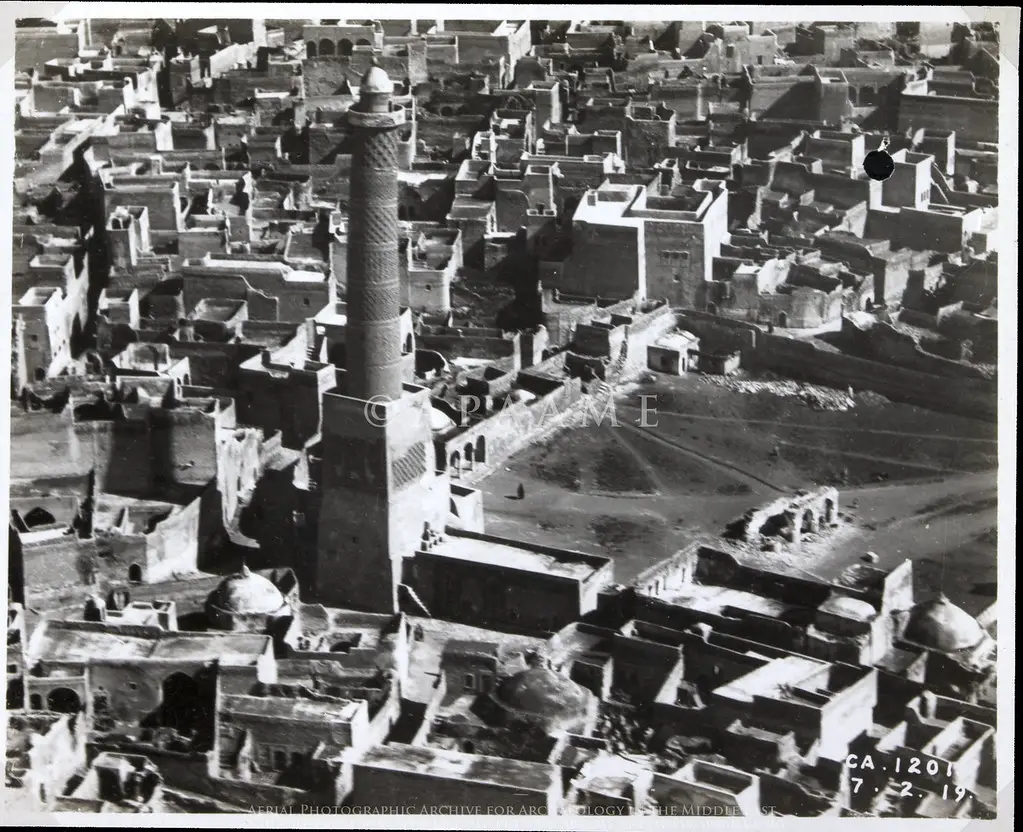
A historical minaret located in Mosul, Iraq.
What to see or do: Visitors can admire the impressive architecture of the minaret, which dates back to the 12th century.
Don’t miss: The intricate geometric designs and calligraphic inscriptions on the minaret, which are considered to be some of the finest examples of Islamic art.
Insider travel tips: Take a guided tour to learn more about the history and significance of the Hadba Minaret.
Visit during the early morning or late afternoon to avoid the crowds and take advantage of the best lighting for photography.
Note that the site has been damaged in recent conflicts and may not be accessible or safe for visitors.
7. Al-Mustansiriya Madrasah
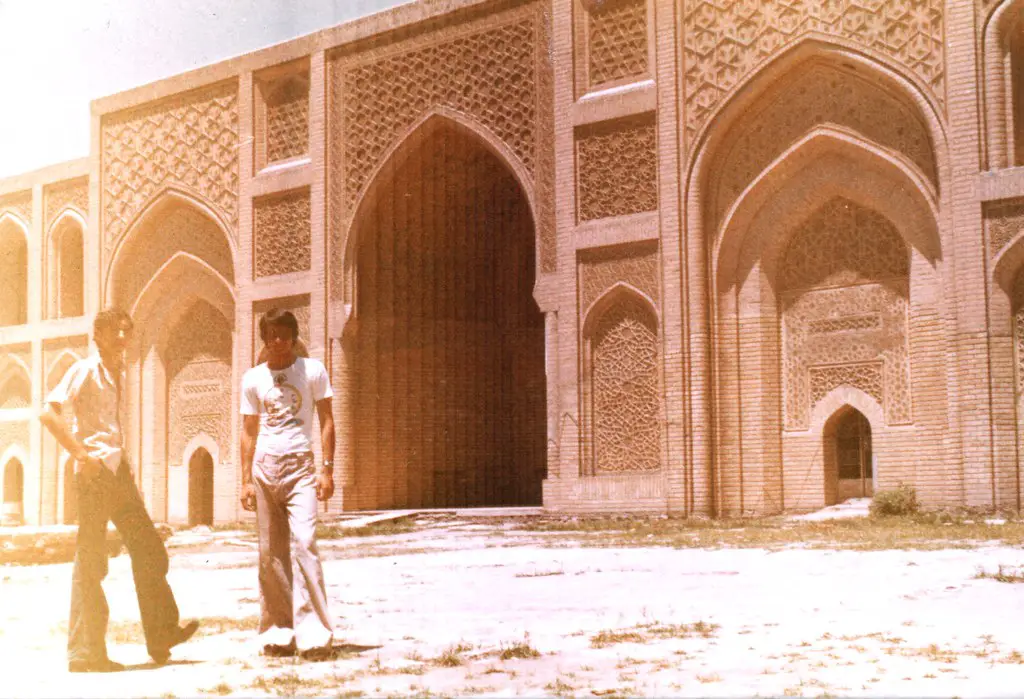
Al-Mustansiriya Madrasah is a historic educational institution in Baghdad, Iraq.
What to see or do: Visitors can explore the beautiful architecture of the madrasah, which dates back to the Abbasid period in the 13th century. The building features intricate brickwork, decorative tile mosaics, and a stunning courtyard.
There is also a small museum on site.
Don’t miss: Be sure to check out the grand entrance portal, which is adorned with inscriptions and geometric patterns. At the center of the courtyard, there is a fountain surrounded by four iwans, or vaulted chambers.
Visitors can also climb to the rooftop for a panoramic view of the city.
Insider travel tips: Try to visit early in the day to avoid crowds and the intense heat. If possible, hire a local guide to learn more about the history and significance of the madrasah.
And don’t forget to bring plenty of water!
8. Imam Ali Shrine

A Shia Muslim shrine and mosque in the city of Najaf, Iraq, dedicated to the tomb of Imam Ali.
What to see or do: Visitors can admire the intricate decoration of the shrine, including the golden dome, Arabic calligraphy, and beautiful tile work. You can also enjoy the peaceful atmosphere and observe the rituals of Shia Muslims paying their respects to Imam Ali.
Don’t miss: The chance to climb to the top of the golden dome for a panoramic view of Najaf and the surrounding area.
Insider travel tips: Dress conservatively and remove your shoes before entering the shrine. It is also recommended to visit during non-peak hours to avoid large crowds.
9. Dohuk Dam

A large dam situated in the city of Dohuk, Iraq.
What to see or do: Enjoy the serene view of the dam and the water, take a leisurely walk in the dam park, have a picnic with family and friends, or indulge in some fishing.
Don’t miss: The stunning sunset view from the top of the dam. The light reflecting off the water is truly mesmerizing.
Insider travel tips: Don’t forget to bring some snacks and drinks as there are no shops adjacent to the dam park. It is also suggested to visit the dam during weekdays as it tends to be more crowded during weekends.
10. Abu Hanifa Mosque
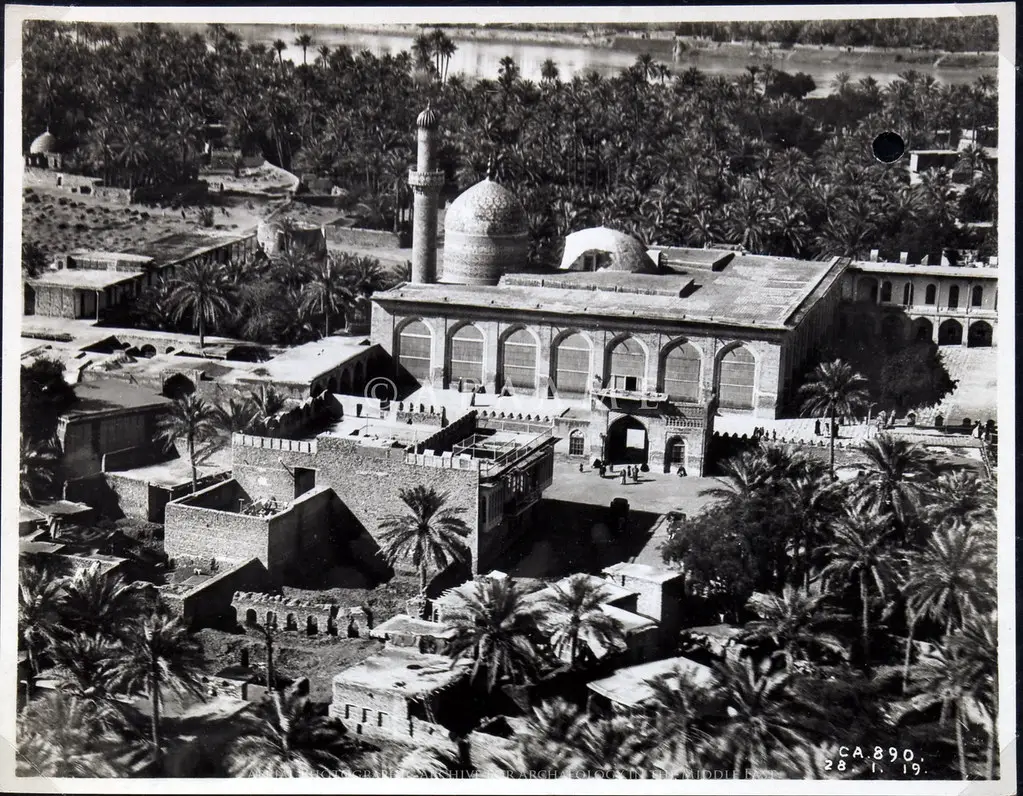
A historic mosque located in the heart of Baghdad, Iraq. It is one of the oldest and most important mosques in the city.
What to see or do: Visitors can admire the mosque’s impressive architecture and intricate design, and take part in prayers or observe the Friday sermon. The peaceful courtyard and prayer hall provide a serene atmosphere to reflect or offer supplication.
Don’t miss: The tomb of Abu Hanifa, the founder of the Hanafi school of Islamic jurisprudence, which is located within the mosque complex.
It is considered a highly revered site for pilgrims and visitors alike.
Insider travel tips: To fully appreciate the significance and history of the mosque, it is recommended to visit with a knowledgeable guide or local.
Respectful dress is required for entry and visitors should remove their shoes before entering the prayer hall.
11. Al-Salam Palace

A grand royal palace in Jeddah, Saudi Arabia.
What to see or do: Visitors can admire the stunning architecture of the palace from the outside. The palace’s beautiful facade is an excellent spot for taking pictures.
Private guided tours are also available upon request, but must be arranged in advance.
Don’t miss: The striking gold and blue entrance gates of the palace are a must-see.
Insider travel tips: As a royal palace, the palace is not open to the public and can only be viewed from the outside. However, visitors can still get an excellent view of the palace from the nearby waterfront and Corniche promenade.
Also, avoid visiting during Fridays and other prayer times, as the area may get congested.
12. Al-Baghdadi Dam

Al-Baghdadi Dam is a large hydroelectric dam located on the Euphrates River in Al-Anbar province in western Iraq.
What to see or do: Visitors can view the impressive structure of the dam from a distance or take a guided tour. The dam provides electricity to the surrounding areas and irrigation water for the nearby farmland.
Don’t miss: The view of the sunset over the dam is absolutely breathtaking. It’s worth sticking around to see the sunset from the top of the dam.
Insider travel tips: If you plan on taking a guided tour of the dam, make sure to wear comfortable shoes and bring a hat and sunscreen as the sun can be quite strong during the day.
Also, be sure to ask your guide about the history of the dam and how it has impacted the surrounding communities.
13. Wadi Al-Salam Cemetery
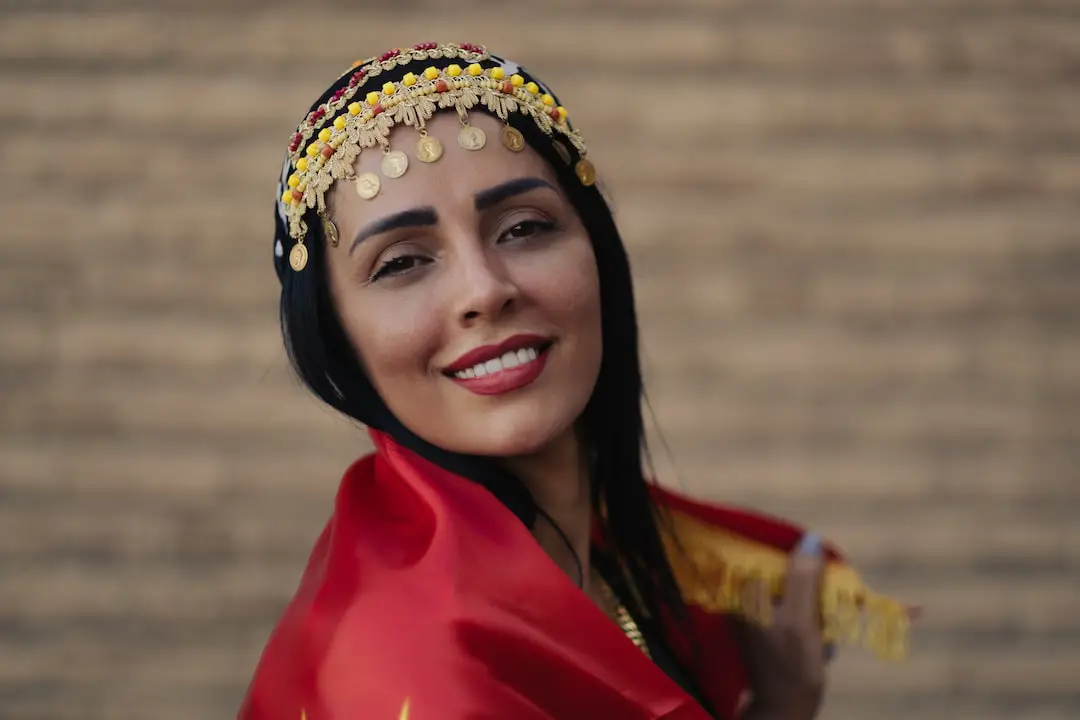
Wadi Al-Salam Cemetery is a vast burial site located in the holy city of Najaf, Iraq.
It is considered to be the largest cemetery in the world and is of great significance to the Shia Muslim community.
What to see or do: Visitors to Wadi Al-Salam Cemetery can witness thousands of gravestones and mausoleums stretching as far as the eye can see.
The cemetery is home to the tombs of many notable Shia religious figures and scholars, making it a significant pilgrimage site for Shia Muslims.
Don’t miss: The tomb of Imam Ali is a must-see for visitors to Wadi Al-Salam Cemetery.
It is one of the most important religious sites for Shia Muslims and is believed to contain the remains of the cousin and son-in-law of the Prophet Muhammad.
Insider travel tips: Visitors should be respectful of those visiting the cemetery to pay their respects to loved ones. It is also important to dress modestly and adhere to local customs and traditions.
It is recommended to hire a guide who can provide insights into the history and significance of the cemetery.
14. Mosul Dam
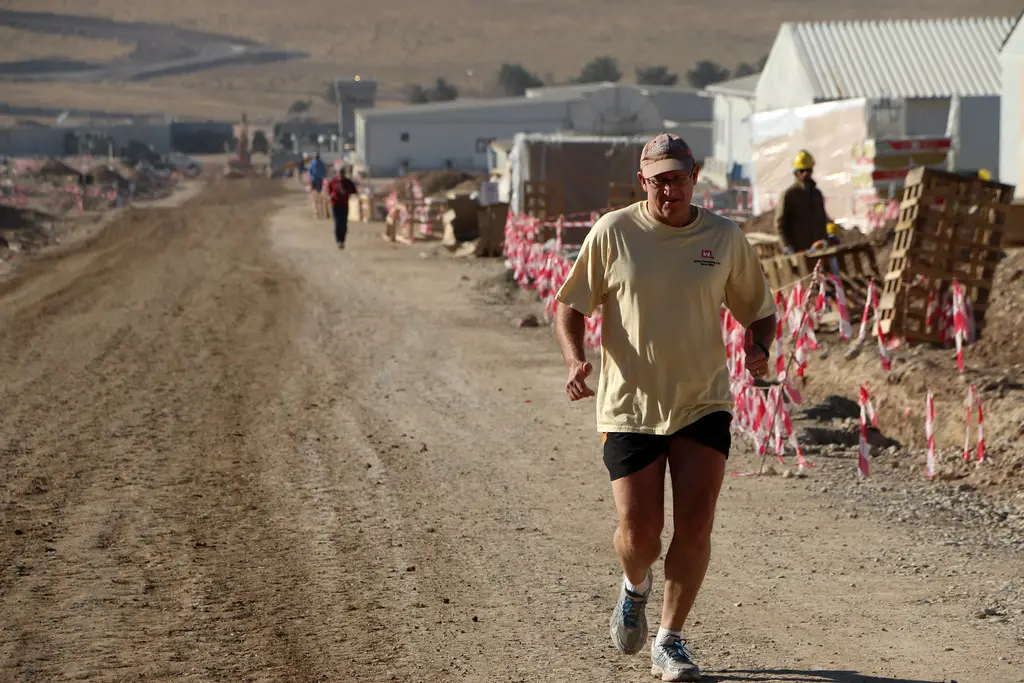
Mosul Dam is a large earthen embankment dam on the Tigris River located in northern Iraq.
What to see or do: Visitors can see the impressive engineering feat of the dam and take in views of the surrounding countryside.
Don’t miss: The opportunity to learn about the history of the construction and the ongoing maintenance challenges facing the dam.
Insider travel tips: Visitors should be aware of security concerns in the region and follow any guidance from local authorities. It’s also important to remember that the dam is operational, so access to certain areas may be restricted.
15. Erbil Citadel
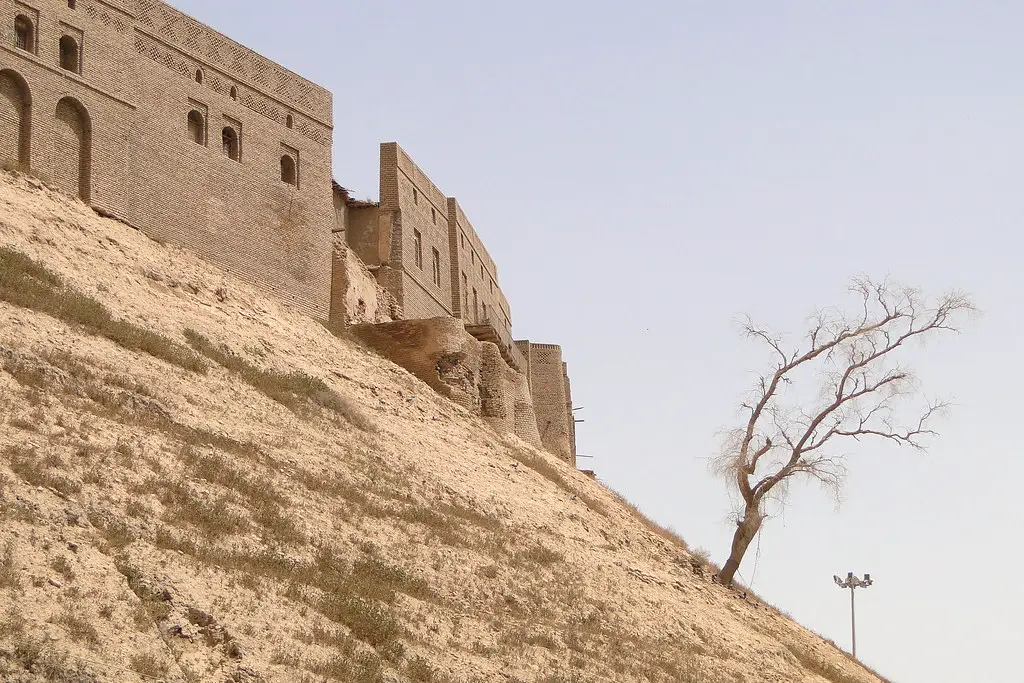
The Erbil Citadel, also known as Qalat Erbil, is an ancient fortress located in the heart of Erbil, the capital of Iraqi Kurdistan.
It is one of the oldest continuously inhabited cities in the world and has been designated as a UNESCO World Heritage Site.
What to see or do: Visitors can explore the maze-like streets of the citadel, which are lined with beautiful old buildings and traditional shops selling handicrafts and souvenirs.
There are also several museums and galleries to visit, including the Kurdish Textile Museum and the Kurdistan Museum.
Don’t miss: The impressive views over the city from the top of the citadel are not to be missed. Be sure to also check out the ancient houses and structures, including the Hammam of Hawler and the Qushtapa Palace.
Insider travel tips: Visit in the early morning or late evening to avoid the crowds and the heat.
16. Blue Mosque
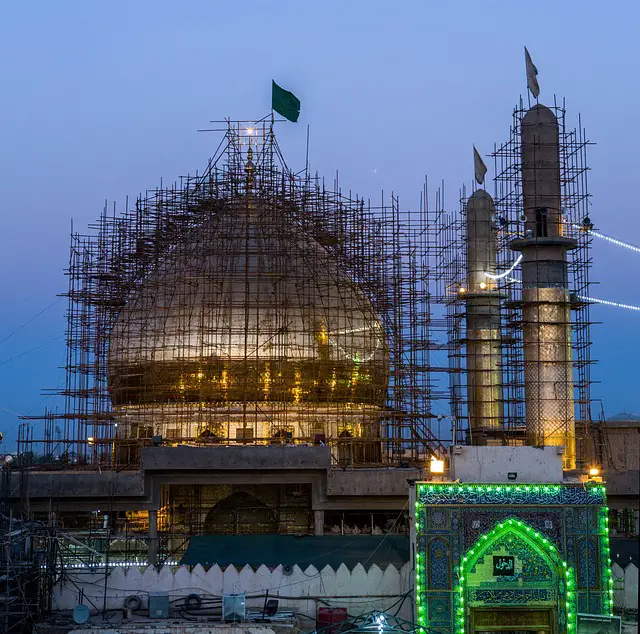
The Blue Mosque, also known as the Sultan Ahmed Mosque, is a stunning historic mosque located in Istanbul, Turkey.
What to see or do: Visitors can marvel at the magnificent Ottoman architecture and intricate tile work, as well as witness traditional Muslim prayer rituals. Non-Muslim visitors are welcome to tour the mosque in between prayer times.
Don’t miss: Be sure to take in the 20,000 handmade blue tiles that give the mosque its name. The stunning chandeliers and intricate calligraphy on the walls are also a must-see.
Insider travel tips: Visitors should dress conservatively and remove their shoes before entering the mosque. It is also recommended to visit early in the morning or late in the afternoon to avoid the crowds.
Admission is free but donations are welcome.
17. King Ghazi Stadium
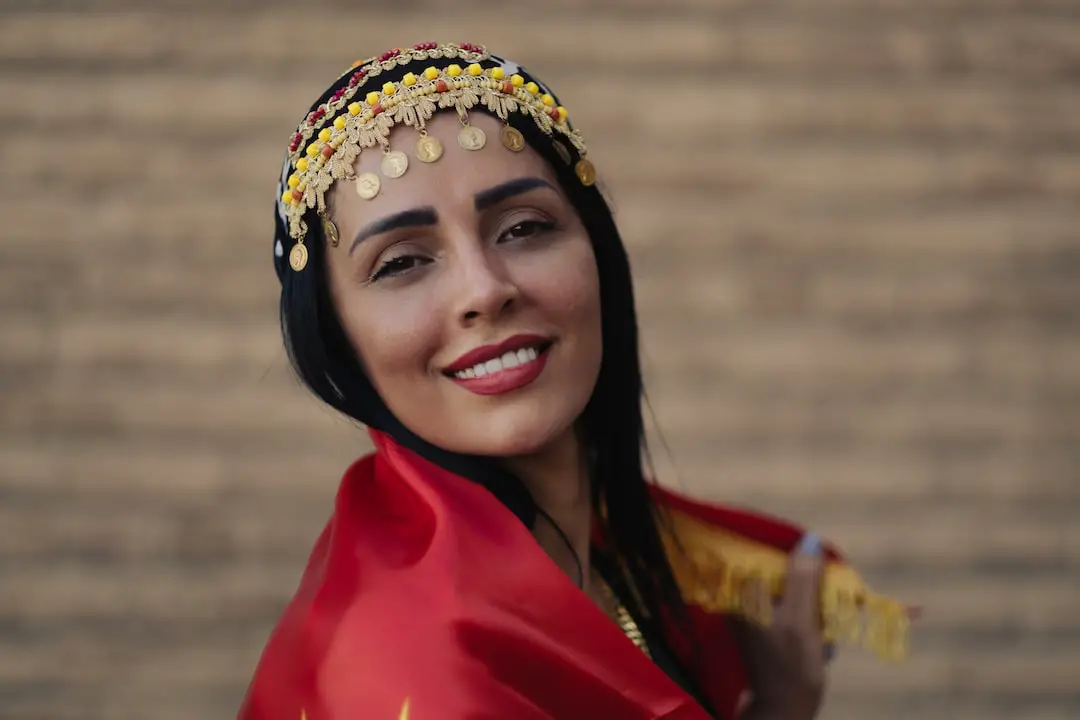
King Ghazi Stadium is a multipurpose stadium situated in the heart of the Iraqi capital, Baghdad.
What to see or do: The stadium is mainly used for football matches and has a seating capacity of about 30,000 people.
It has hosted several important football matches over the years and is considered one of the most iconic sporting venues in Iraq.
You can catch a football game if there is a match scheduled, or simply take a stroll around the stadium to admire its architecture and design.
Don’t miss: If you happen to be in the stadium during a match, don’t miss the opportunity to join in the enthusiastic crowd and witness the passion and energy of Iraqi football fans.
The atmosphere is electric and will leave you with a lasting memory of the country.
Insider travel tips: Make sure to have your tickets in advance if you plan to attend a match at the stadium. Arrive early and avoid carrying large bags or items as they may not be allowed inside.
It’s recommended to take public transportation or a taxi to the stadium as parking can be difficult. Lastly, always be aware of your surroundings and stay alert as safety is a concern in some parts of Baghdad.
18. Nimrud
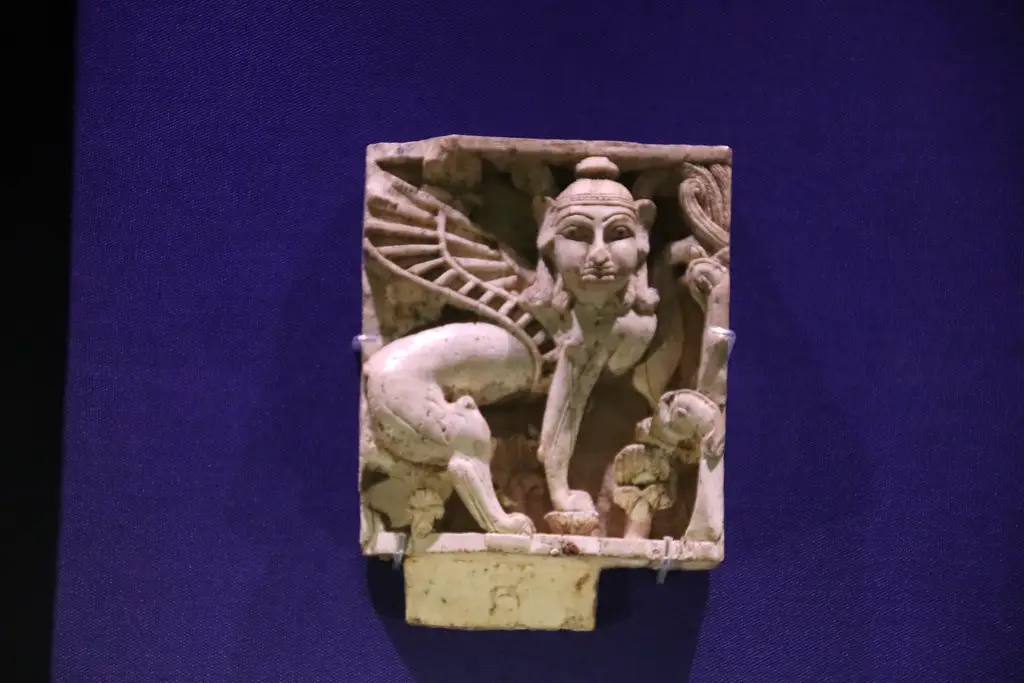
Nimrud is an ancient Assyrian city located in northern Iraq, near the modern-day city of Mosul.
What to see or do: Explore the ruins of the ancient city, including the impressive palaces and temples. See the iconic winged bull statues and other impressive sculptures that were discovered on-site.
Visit the Nimrud Archaeological Museum to see a collection of artifacts and learn more about the history of the site.
Don’t miss: The magnificent palace of Ashurnasirpal II, which features intricate carvings and murals depicting scenes from Assyrian life. The ziggurat, an impressive stepped pyramid, is also worth a visit.
Insider travel tips: Be sure to wear comfortable shoes as you will be doing a lot of walking on uneven surfaces. It is advisable to hire a local guide who can provide insight into the history and significance of the site.
Some areas may be off-limits or require special permission to access, so plan ahead if you want to explore the entire site.
19. Tomb of Ezra
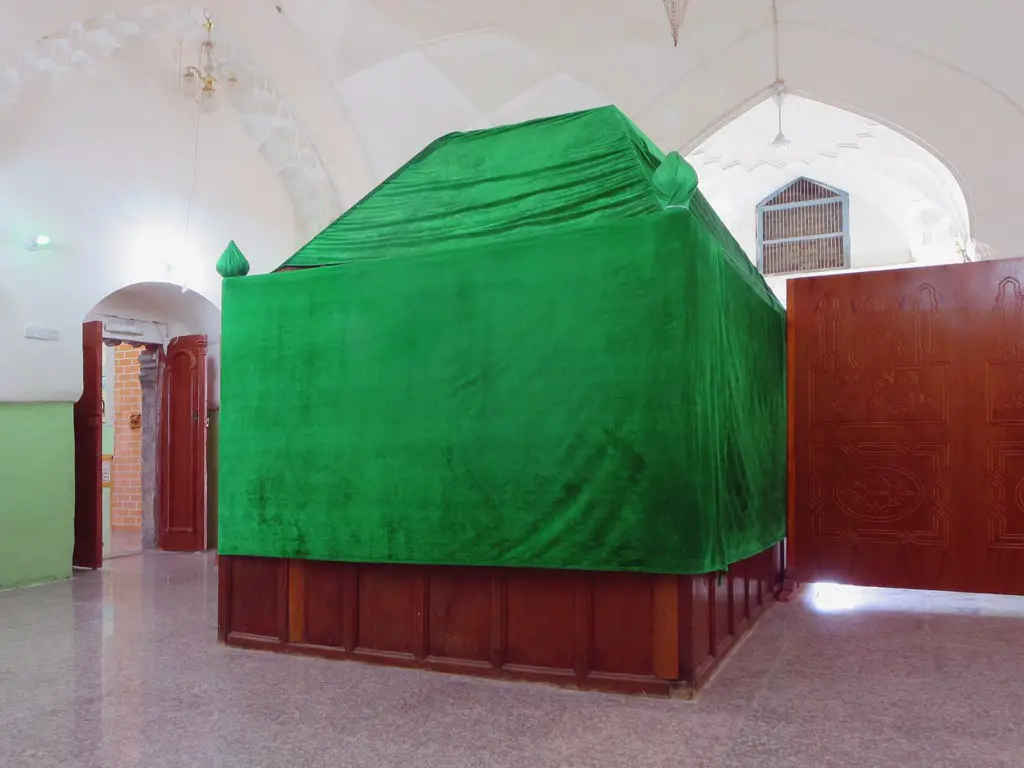
The Tomb of Ezra is a Jewish holy site located in Basra, Iraq that is believed to be the burial place of the prophet Ezra.
What to see or do: Visitors can see the ornate stone tomb itself, which is covered in Hebrew inscriptions and is surrounded by a courtyard.
Don’t miss: The Tomb of Ezra is considered one of the most sacred Jewish sites in Iraq, so visitors should show respect while on the premises.
Insider travel tips: Due to safety concerns, it is recommended that travelers visit the Tomb of Ezra with a local guide or through an organized tour group.
Additionally, it may be necessary to get permission from Iraqi authorities before visiting this site.
20. Madain Saleh
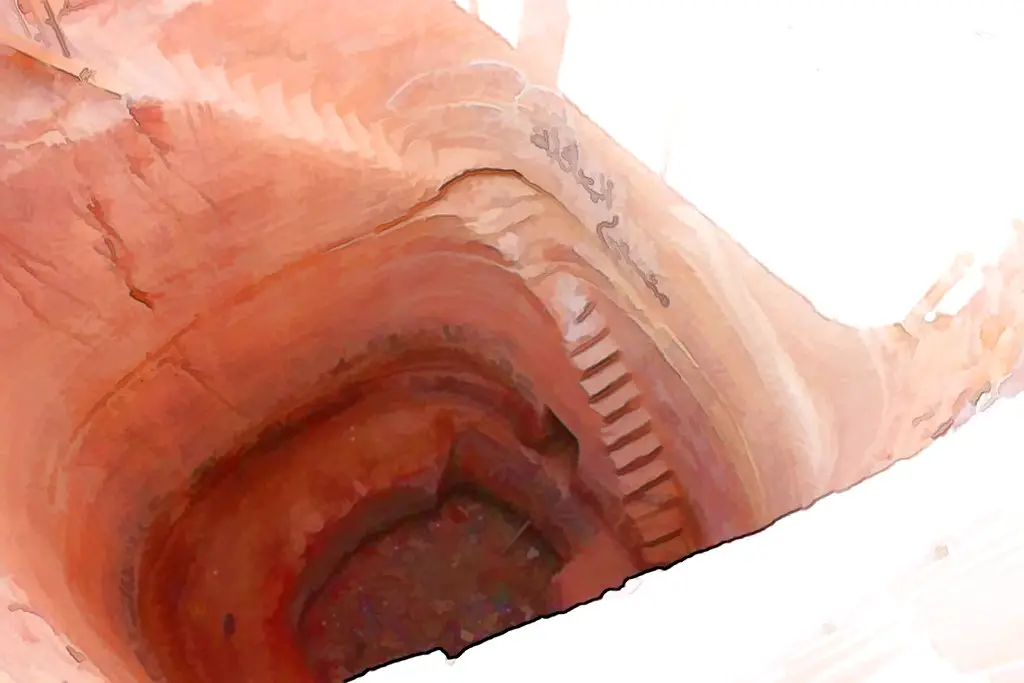
Madain Saleh is an impressive collection of tombs and other structures built by the Nabataean civilization more than 2,000 years ago.
The site consists of more than 100 tombs, various ruins, rock paintings and inscriptions, and ancient wells and irrigation systems.
What to see or do: Marvel at the awe-inspiring tombs carved into the sandstone cliffs, with intricate details and well-preserved facades.
Explore the site’s ruins and find unique structures such as the Al-Khuraymat and Al-Sabalayn, which were believed to be either a royal palace or public hall.
Also, don’t miss the well-preserved Lion Tombs and the Ancient Thamudic Script inscriptions.
Don’t miss: The Nighttime Experience. Enjoy the site’s mystical ambiance with an immersive light and sound show that highlights the Nabataean culture and its heritage.
Insider travel tips: – Dress appropriately as this is a conservative area in Saudi Arabia and visitors should cover their shoulders and avoid wearing shorts.
21. Erbil Bazaar
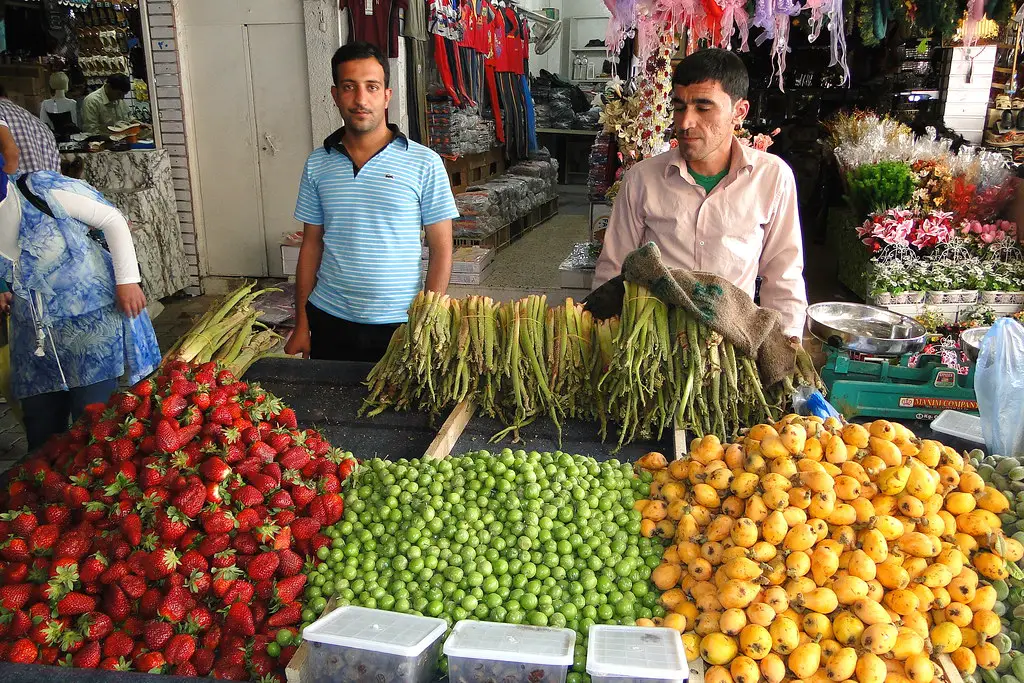
A traditional marketplace located in the historic center of Erbil in Iraqi Kurdistan.
What to see or do: Stroll around the narrow streets and alleys lined with shops and stalls selling all kinds of goods, from clothing and jewelry to spices and traditional handicrafts.
Bargain with local vendors to get some great deals on souvenirs and gifts for your loved ones back home.
Don’t miss: The Kurdish sweets and pastries, such as baklava and halwa, which are famous for their unique flavors and textures.
Also, make sure to visit the old mosque located in the heart of the bazaar, which dates back to the 18th century.
Insider travel tips: Wear comfortable shoes and dress modestly as the bazaar can get crowded and hot. Try to visit during the morning or late afternoon to avoid the busiest times.
Don’t be afraid to haggle with the vendors, but be respectful and polite. Finally, be open to trying new things and experiencing the local culture.
22. Mesopotamian Marshes
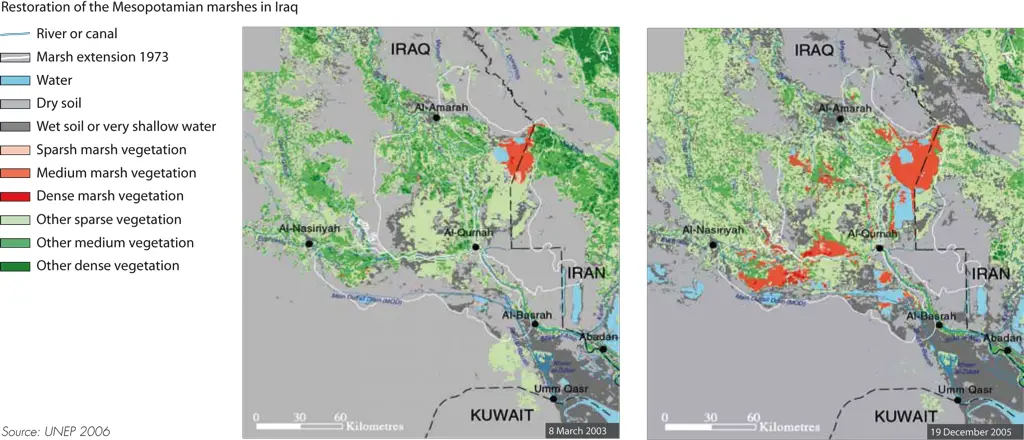
A wetland region located in southern Iraq, formed by the Tigris and Euphrates rivers.
What to see or do: Explore the unique environment of the marshes, home to a diverse range of wildlife including water buffalo, flamingos, and pelicans. Enjoy a traditional boat tour, or take a walk through the reed beds and villages of the Marsh Arabs.
Don’t miss: A visit to the ancient city of Ur, located near the marshes and one of the oldest cities in the world.
See the impressive ziggurat, a stepped pyramid-like temple.
Insider travel tips: Plan your visit to the marshes during the cooler months between November and March to avoid extreme heat and mosquito swarms.
Consider hiring a local guide who can offer insight into the history and culture of the Marsh Arabs.
23. Mosul Museum
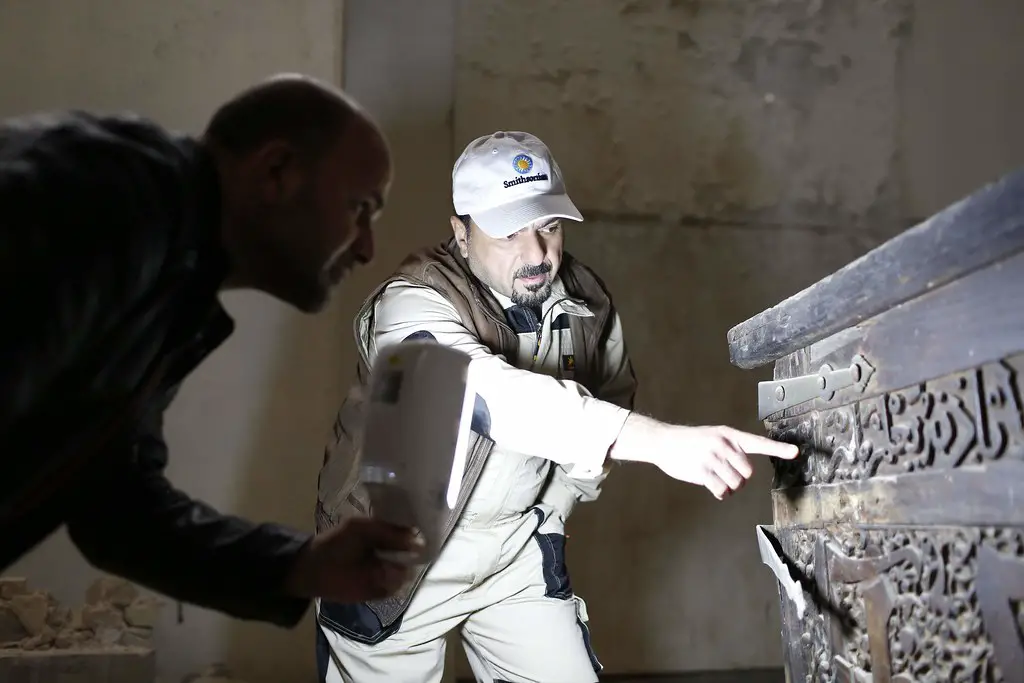
Mosul Museum is an archaeological museum located in the city of Mosul, Iraq. The museum houses a diverse collection of artifacts that reflect the rich and multicultural history of the region.
What to see or do: Visitors can explore the museum’s exhibits which include sculptures, pottery, coins, and manuscripts that date back to the Assyrian, Babylonian, and Islamic periods.
The museum’s cultural treasures illustrate the art, history, and culture of the region and provide a window into the ancient civilization that once thrived in and around Mosul.
Don’t miss: One of the most famous artifacts in the Mosul Museum is the Nimrud Ivories, a collection of ivories from the ancient city of Nimrud that were discovered in the 1950s by a team of archaeologists led by the British archaeologist Max Mallowan.
The Nimrud Ivories are considered some of the most exquisite artifacts of the ancient Near East.
Insider travel tips: – Visitors may encounter guards who are not familiar with tourism, so it is advisable to dress modestly and bring identification.
24. Al Hatra Market
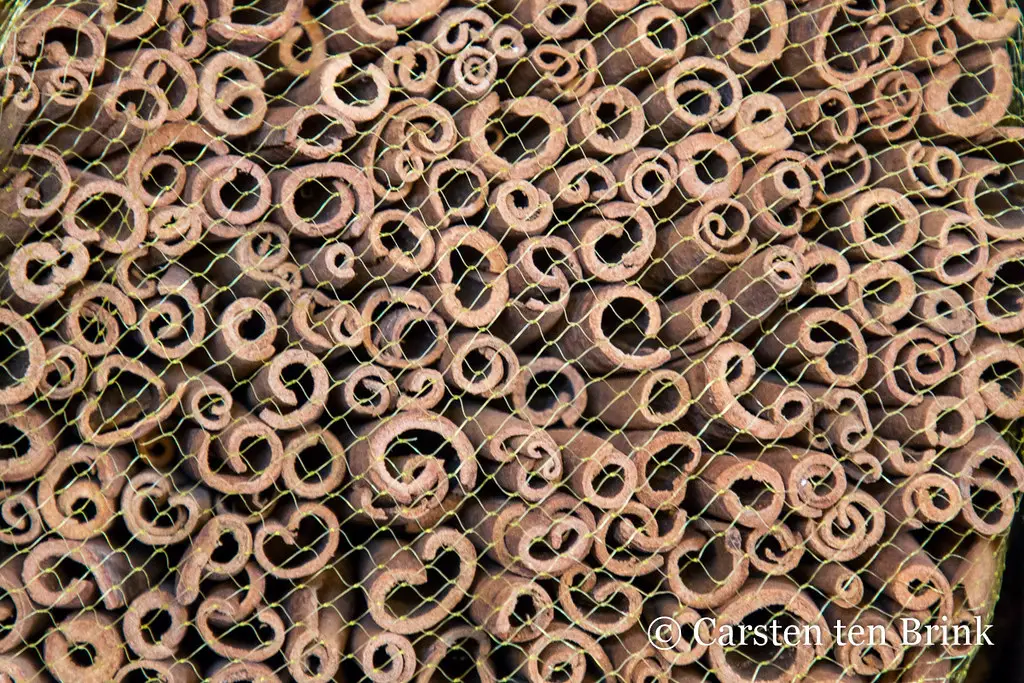
A traditional market located in the city of Al-Hatra, in the Nineveh Governorate in Iraq.
What to see or do: Visitors can explore the market and browse through a variety of shops selling local handicrafts, clothing, jewelry, spices, and other goods.
The market is also known for its fresh produce and traditional foods, so be sure to try some of the local cuisine.
Don’t miss: Don’t miss the opportunity to haggle with the vendors and get some unique souvenirs. The market is also a great place to soak up the local culture and interact with locals.
Insider travel tips: Remember to dress modestly and be respectful of local customs. It’s also a good idea to bring cash as many of the vendors do not accept credit cards.
If you’re looking for a specific item, ask around as many vendors may not display everything they have for sale. Lastly, be prepared to negotiate prices as haggling is part of the shopping experience in this market.
25. Sheikh Darqawi Mosque
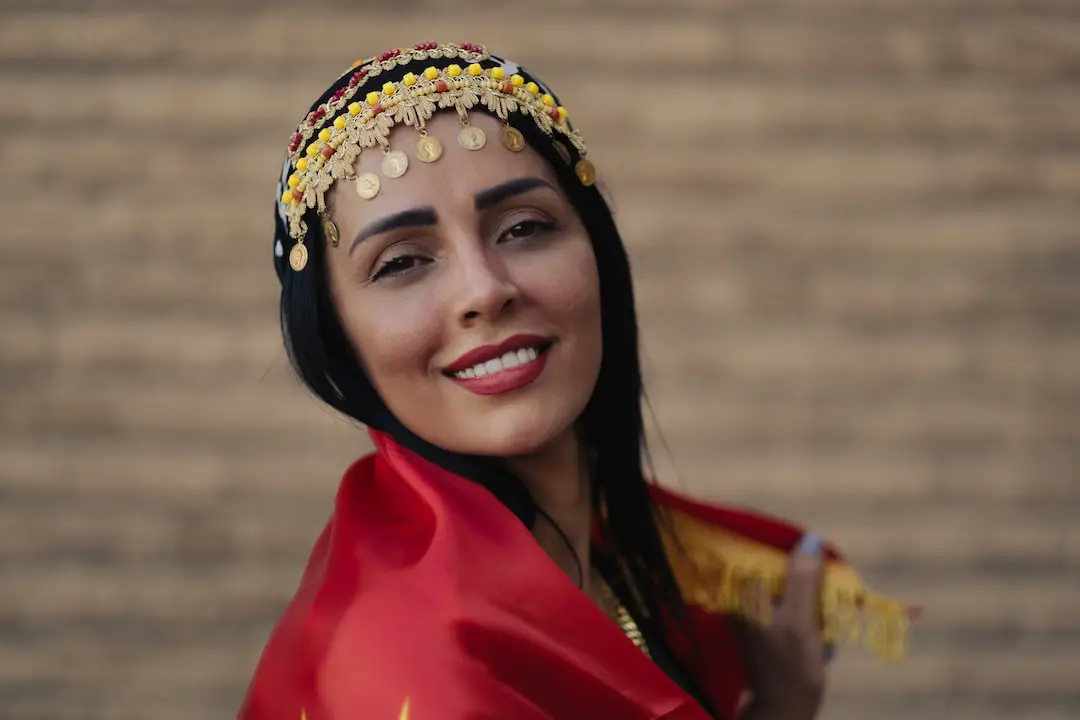
Sheikh Darqawi Mosque is a historic mosque located in the heart of the Medina of Casablanca, Morocco.
What to see or do: Visitors can admire the beautiful architecture of the mosque, with its intricate tile work and ornate doorways. The mosque also has a spacious courtyard with a central fountain and several prayer halls.
Don’t miss: Make sure to visit the tomb of Sidi Ali Ben Hamdouch, a revered Sufi saint who is buried within the mosque.
Insider travel tips: – Dress modestly and remove your shoes before entering the mosque.
26. Ancient City of Babylon

Ancient City of Babylon is a UNESCO World Heritage Site located in present-day Iraq, known for its archaeological significance and historical importance.
What to see or do: Visitors can explore the partially reconstructed ruins of ancient Babylon, including the Ishtar Gate, the Hanging Gardens, and the ruins of the ancient city walls.
The site also features several reconstructed buildings, including the throne room of Nebuchadnezzar II.
Don’t miss: The Ishtar Gate, a magnificent entrance to the city, made of blue glazed bricks and decorated with golden reliefs, is a must-see attraction.
The Hanging Gardens, one of the Seven Wonders of the Ancient World, is another significant landmark that visitors should not miss.
Insider travel tips: Visiting the Ancient City of Babylon can be quite hot, so it’s important to bring sunscreen, a hat, and plenty of water.
To maximize your experience, consider hiring a local guide who can share the history and significance of the various sites.
Additionally, visitors should be aware of the current political situation and travel advisories in Iraq before planning a trip to the area.
27. Nineveh
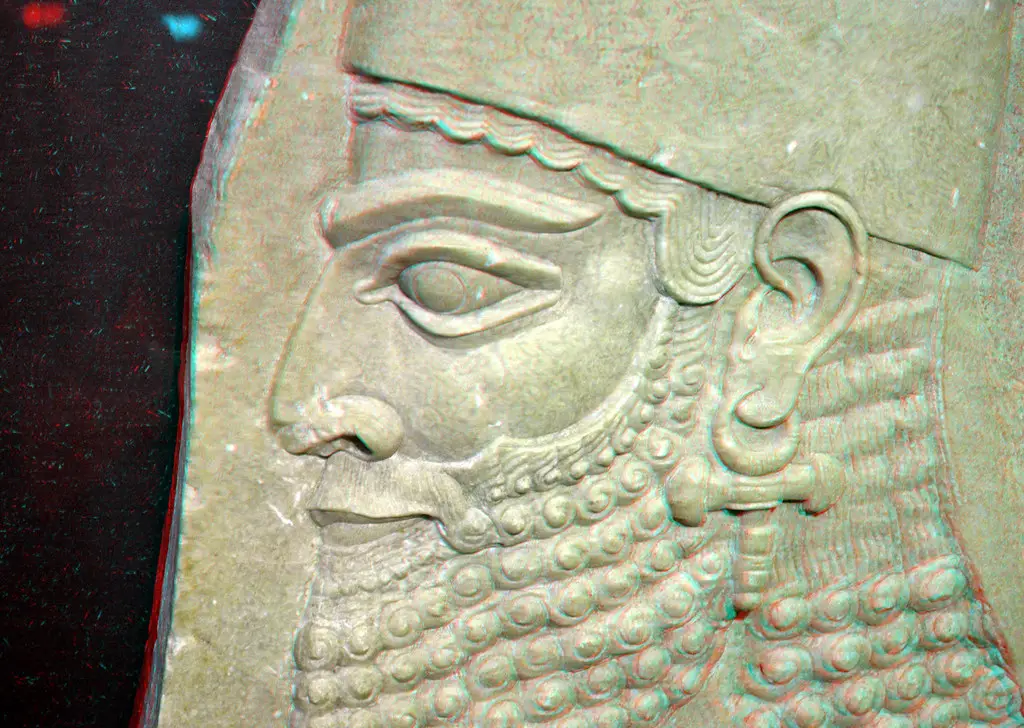
Ancient city located in modern-day Iraq that was once the largest city in the world.
What to see or do: Visit the ruins of the ancient city, including the palace of King Sennacherib and the Temple of Nabu. Marvel at the impressive gates and walls that protected the city.
Don’t miss: The cuneiform inscriptions on the walls of the palace and temples, which provide valuable insights into the culture and history of the Assyrian Empire.
Insider travel tips: Wear comfortable shoes and bring plenty of water, as the ruins are spread over a large area and can be quite hot.
Hire a guide who can explain the history and significance of the various sites.
Be aware that the current political situation in Iraq may affect access to the site, so check with your embassy or a reputable travel company before visiting.
28. Qedarite Kingdom
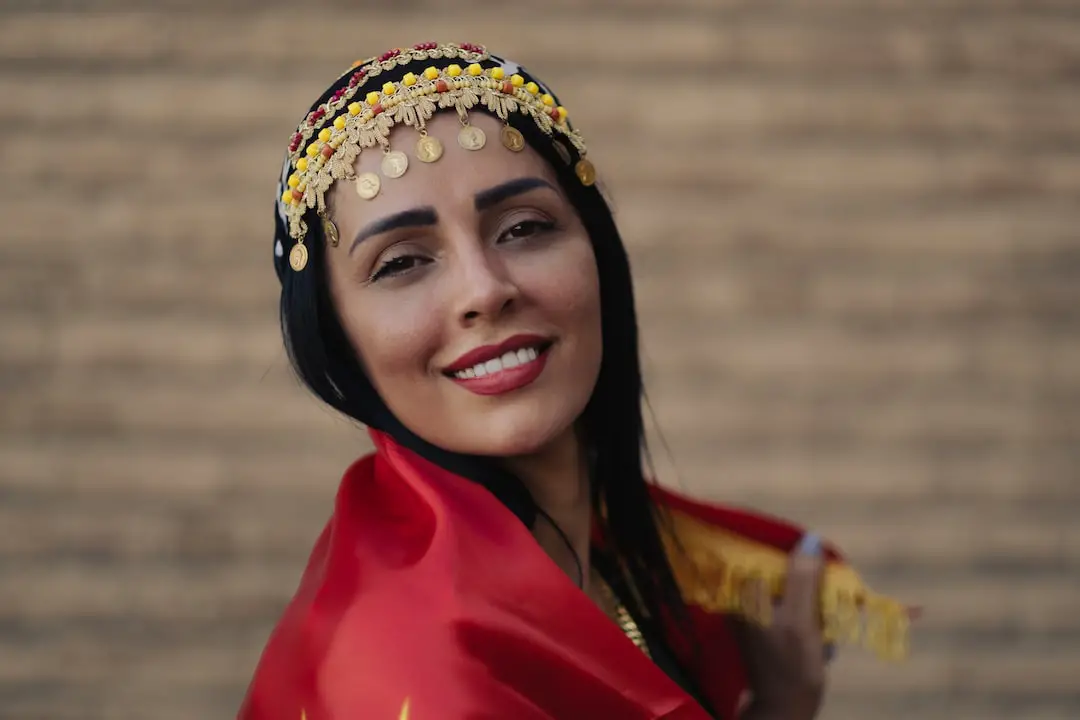
The Qedarite Kingdom was an ancient tribal confederation that inhabited the northwestern region of the Arabian Peninsula.
What to see or do: Unfortunately, there are no significant historic sites or landmarks of the Qedarite Kingdom that are accessible or open to the public.
Don’t miss: However, it’s worth checking out the Qedarite inscriptions which can be found in various locations in Saudi Arabia, Jordan, and Yemen.
These inscriptions provide valuable insight into the language, culture, and customs of the Qedarites.
Insider travel tips: Exploring the ancient ruins of Al-Ula, Hegra, and Tayma in Saudi Arabia may give travelers a better understanding of the Qedarites’ way of life.
It is always recommended to hire a local guide who is well-versed in the history of the region to fully appreciate its significance.
Additionally, travelers should respect the cultural and religious norms of the region and obtain the necessary permits and paperwork before embarking on their journey.
29. Al-Mutanabbi Statue
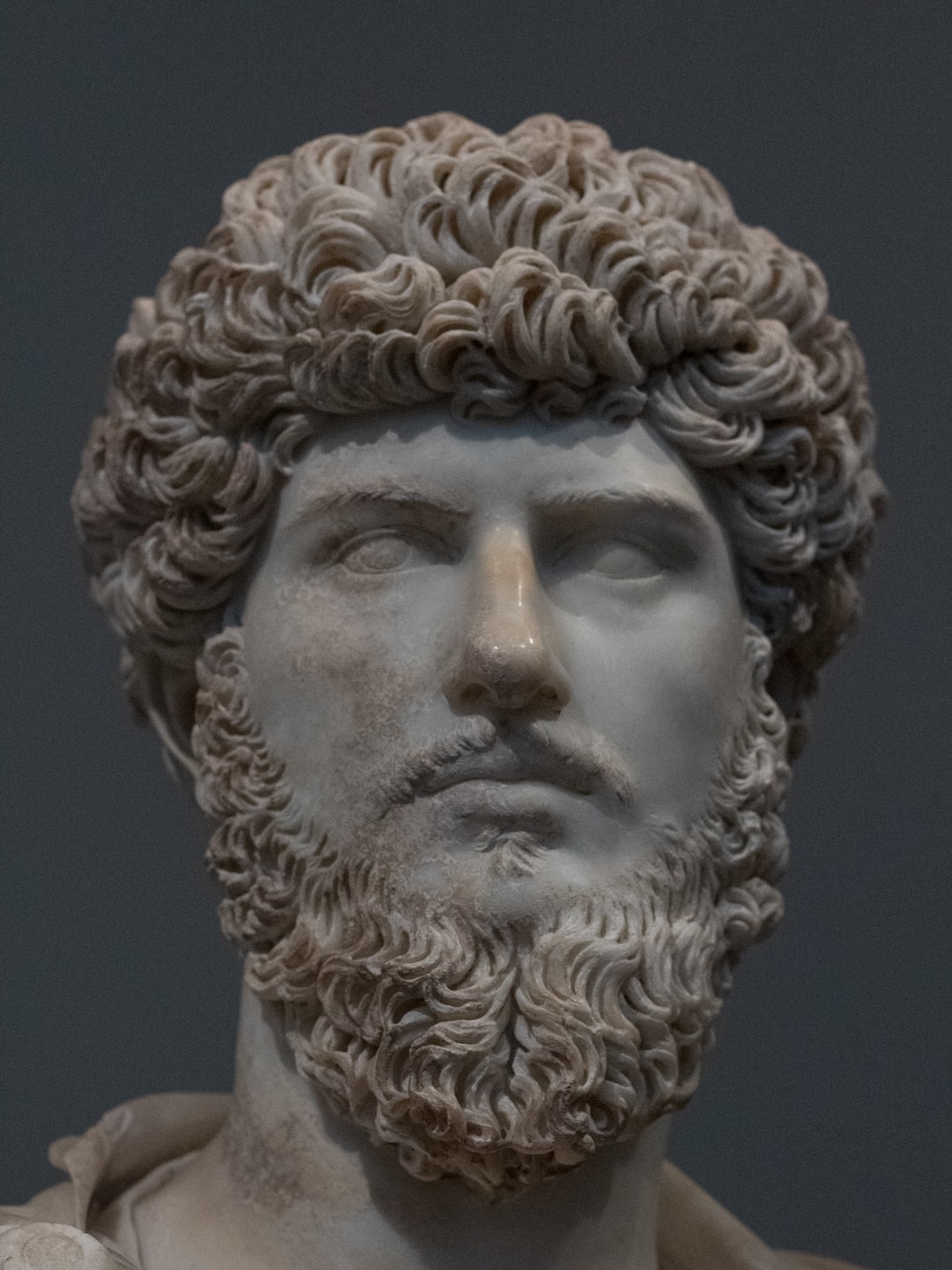
The Al-Mutanabbi Statue is a bronze sculpture located in Al-Mutanabbi Street in Baghdad, Iraq.
What to see or do: The statue is a popular tourist attraction in Baghdad and showcases the culture and arts of Iraq. Visitors can admire its intricate details and take pictures with the statue.
Don’t miss: Don’t miss the opportunity to explore the vibrant Al-Mutanabbi Street, a famous hub for books and literary works. Also, take a stroll along the Tigris River, which is just a short distance from the statue.
Insider travel tips: It’s recommended to visit the statue during the daytime when the street is bustling with activities.
Additionally, visitors may hire a tour guide to learn about the history and significance of the statue and the surrounding area.
💪 Support independent web, support us:
